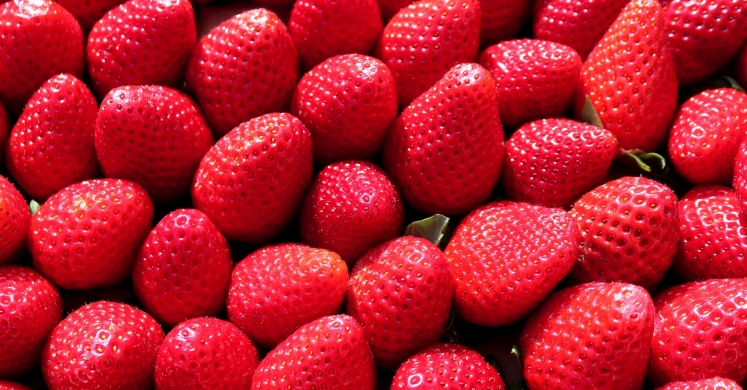Blog

Food in the News: Updated “Dirty Dozen” and “Clean 15” Produce Lists
To increase awareness of children’s health and wellness topics, Phipps' Let’s Move Pittsburgh program presents Food in the News, a column on local, state and national health policies and nutrition related updates that impact you.
Each year, the Environmental Working Group (EWG) publishes a list of the 12 produce items that contain the most pesticides, and the 15 produce items that contain the least. These “Dirty Dozen” and “Clean 15” lists, respectively, are created based on the findings from the U.S. Department of Agriculture’s Pesticide Data Program Annual Report. The lists are then published within the EWG’s yearly publication; Shoppers Guide to Pesticides in Produce, which is available for download on their website.1 According to the EWG, the lists are designed to “help you make better choices for yourself and your family, and reduce exposures to toxic pesticides.2” The pesticides found include permethrin, a neurotoxic insecticide, and diphenylamine and iprodione, both of which are banned in Europe.2
Make sure to bring these lists with you the next time you’re at the grocery store, and which items you might want to buy that are organic! It is important to note that while the “Dirty Dozen” is a helpful tool, there are many additional kinds of conventional produce that are likely to contain pesticides.
Here they are:
The “Dirty Dozen,” the produce items that contain the greatest amount of pesticides.
- Strawberries: Over 98% of conventional samples contained pesticides, and one-third contained 10 or more pesticides.
- Spinach: 97% of conventional samples contained pesticide residues.
- Nectarines: About 94% of samples contained 2+ pesticides.
- Apples: 90% of conventional apples have pesticide residues.
- Grapes: On average, samples has 5 pesticide residues.
- Peaches: Nearly 100% of conventional peaches had pesticide residues.
- Cherries: On average, 5 pesticides were found on conventional cherry samples.
- Pears: More than half of samples had 5 or more pesticides.
- Tomatoes: The average conventional tomato has four pesticides.
- Celery: Over 95% of samples contained pesticides.
- Potatoes: More pesticide residues by weight than any other crop.
- Sweet Bell Peppers: Just under 90% of samples contained pesticides.
Honorable “Dirty Dozen” mentions (#13 - #20): cherry tomatoes, imported snap peas, lettuce, blueberries, hot peppers, plums, kale/collard greens and cucumbers.2
The “Clean 15,” the produce items that contain the smallest amount of pesticides.2
- Avocados
- Sweet Corn
- Pineapples
- Cabbages
- Onions
- Sweet Peas
- Papayas
- Asparagus
- Mangoes
- Eggplants
- Honeydews
- Kiwis
- Cantaloupes
- Cauliflower
- Broccoli
To read more about the “Dirty Dozen” and “Clean 15,” visit the Environmental Working Group’s website.
Sources:
- Riemenschneider, Pamela. “2018 ‘Dirty Dozen’ and ‘Clean 15’ Lists Released.” Produce Retailer, 10 Apr. 2018, Produce Retailer.
- Environmental Working Group.
- “Pesticide Data Program.” Pesticide Data Program | Agricultural Marketing Service, USDA AMS.
Photo Credit: Pixabay CC0 Creative Commons

